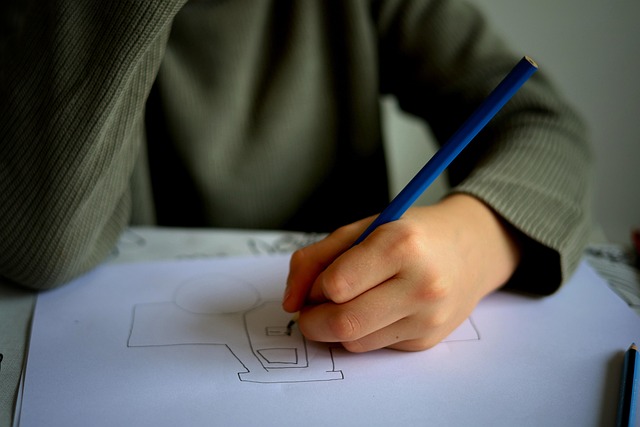Exploring the Power of Context in Drawing
Drawing is an art form that transcends simple lines and colors; it is a medium through which emotions, thoughts, and narratives come to life. But what makes a drawing resonate with its audience? One key factor is context. Context is the backdrop of any artwork—it shapes meaning and offers a framework within which the viewer can interpret the creator’s intentions. Understanding context can transform your drawing experience, enabling you to communicate with depth and clarity.
When we talk about context in drawing, we refer to the circumstances surrounding the creation of the artwork: the cultural, historical, and personal elements that inform the piece. A sketch of a landscape can evoke vastly different feelings based on where it was drawn, the time period, and even the intended audience. For instance, a picturesque scene from the countryside may bring to mind nostalgia and serenity, but when placed within an urban environment depicting a stark contrast to nature, it might instead evoke feelings of loss or yearning.
As an artist, immersing yourself in the context can greatly enhance your creative process. It encourages you to delve deeper into your subject matter. For example, if you are drawing a person, consider their background, emotions, and experiences. What story do their features tell? How does lighting and positioning affect their expression? By pondering these questions and infusing your understanding of context into your work, you invite your viewers to connect more profoundly with your drawings.
Moreover, the context doesn’t just apply to the subject you’re drawing; it also extends to your choices in technique and style. The medium you choose can carry different connotations that may affect the viewer’s interpretation. A vibrant, expressive charcoal drawing might suggest raw emotion and spontaneity, while a finely detailed pen and ink drawing might evoke precision and control. These choices send messages that can alter the viewer’s perception entirely.
Context can also shift over time. Consider iconic works of art that carry different meanings in contemporary culture than they did at the time of their creation. Understanding this evolution can be a powerful tool in your drawing practice. It reminds you that your artwork exists within a broader narrative, and that meaning can be fluid and dynamic.
In our increasingly visual world, the ability to convey context through drawing is more important than ever. Whether you are an aspiring artist or a seasoned professional, embracing the power of context can enhance not only your drawings but also the connection they create with your audience. Remember, each stroke of your pencil carries weight; ask yourself: what message are you trying to convey, and how does the surrounding context amplify that message?
So the next time you sit down to draw, take a moment to reflect on the context. Think about your environment, your influences, and the story you want to tell. Let context guide your hand and breathe life and emotion into your artwork.




